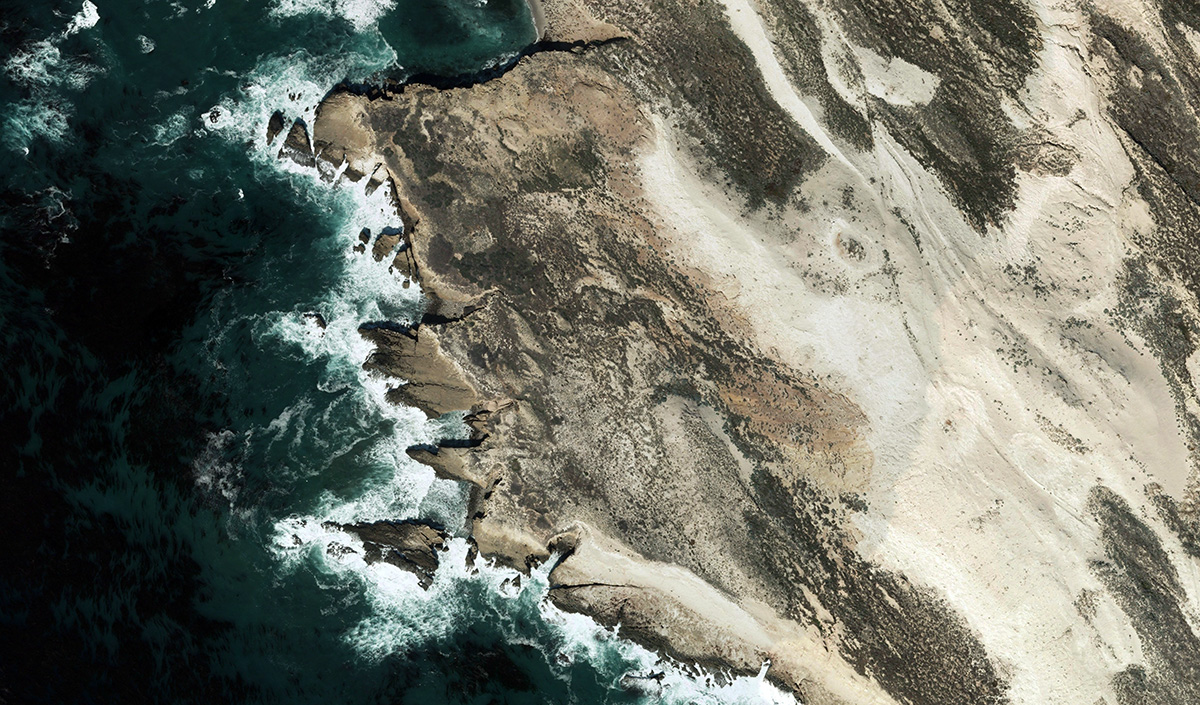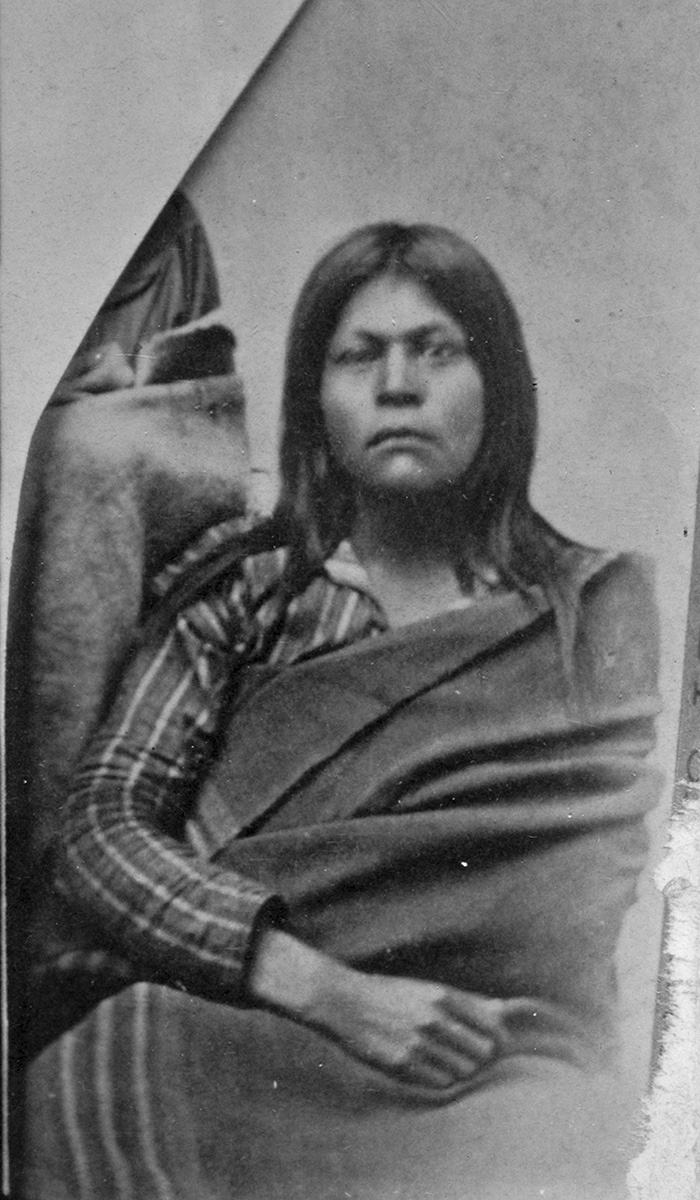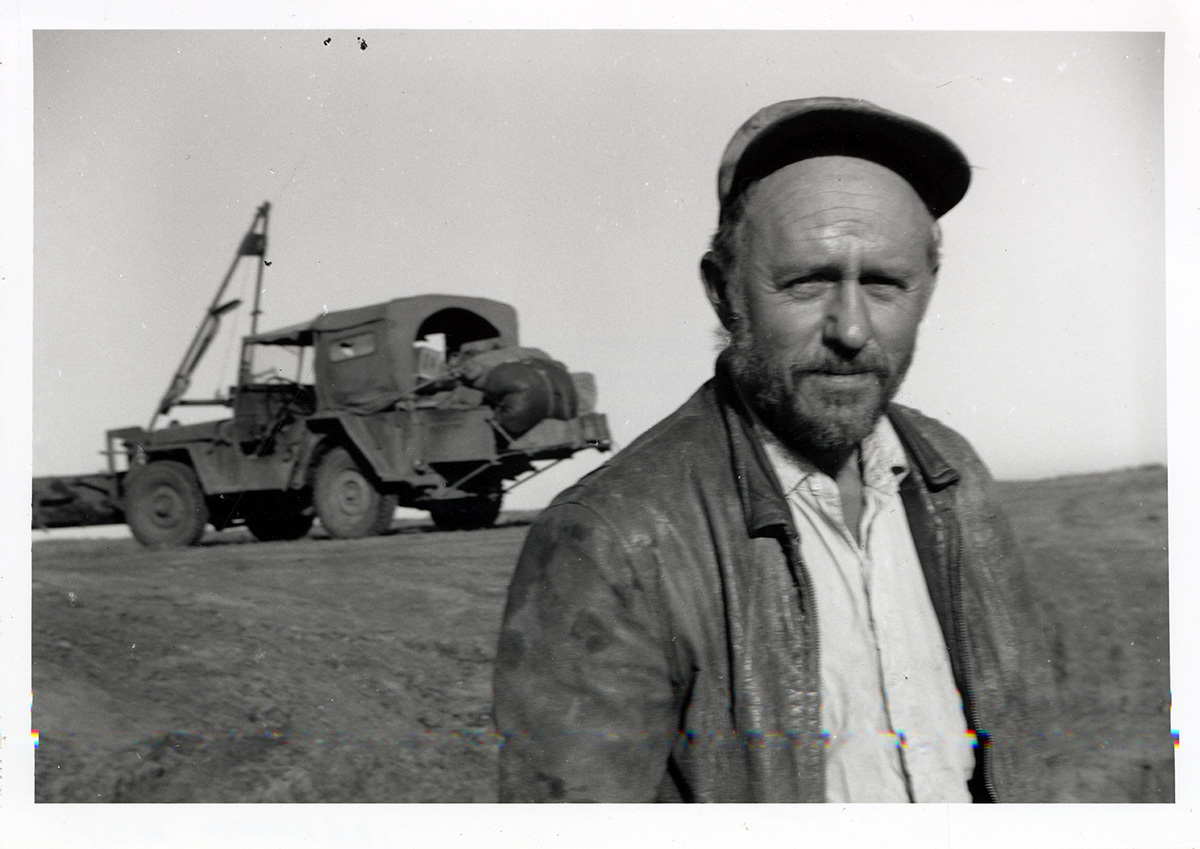First Contact
This tale is actually two parallel stories. One is the voyage of Juan Rodriguez Cabrillo – a Portuguese conquistador sailing for the Spanish – who was looking for China but instead ‘discovered’ Alta California and the Channel Islands. Cabrillo’s exploration of and interaction with the native peoples of present day California occurred 50 years after Christopher Columbus’ voyage of discovery and 78 years before the Pilgrims landed at Plymouth Rock. His story is intercut with San Diego Maritime Museum’s ambitious, years in the making, and ultimately successful effort to build a replica of Cabrillo’s flagship the San Salvador.

Dark Water
The Chumash were a marine culture whose life centered around their plank canoe – the tomol. Since the 1970s when they re-learned how to build the tomol, Chumash paddlers, leaving in the dark of night, have made an annual voyage across the dangerous Channel waters to their ancestral home on Santa Cruz Island.

Restoration
Twenty-five miles off the coast of southern California, Santa Cruz Island is a world away from Los Angeles’ urban landscape. Never connected to the mainland, the island has evolved into an oasis of extraordinary life forms. More than 1,000 species of plants and animals inhabit the island’s high peaks, vast meadows and 77 miles of dramatic coastline. Introduced non-native species and historical human disturbances have threatened the survival of many of these species — 12 of which are found nowhere else on Earth — nearly driving them to extinction.

Cache
After a 20-year quest to find a cave reputed to have been used by the Lone Woman, archeologist Steve Schwartz finally discovers the cave, only to have his excavation efforts shut down by the Navy. This tale chronicles the turf war over the cave between archeologists, the Navy and various Indian tribes. It also tells the story of an amazing discovery of the Lone Woman’s ‘cache’ by John Erlandson and Rene Vellanoweth, and shows the over 200 artifacts they preserved.

Magic Isle
Catalina is the most widely known of the Channel Islands, and the only one still privately owned. Its fame is the result of the vision of one man, William Wrigley Jr. who bought the island sight unseen in 1919. We chronicle its glory years of movie stars, the Chicago Cubs, and Big Band dancing in the Casino, as well as its struggles to stay relevant today. William Wrigley’s great-granddaughter Alison Rusack and her family tell us about the challenges and joys of keeping his dream alive.

Sa Hi Pa Ca (Once Upon A Time)
The tale follows Julie Tumamait, a Chumash tribal leader, as she describes her own reawakening to her Channel Islands native roots. She visits an archeological dig on Santa Cruz Island where she and UCSB archeologist Lynn Gamble discuss the role of archeology and anthropology in helping rediscover Chumash culture which was lost after the Spanish mission period in the mid 1800s.

Lone Woman of San Nicolas Island
The story of the person known variously as Juana Maria, the Lone Woman, or Karana in the children’s classic ‘Island of the Blue Dolphins,’ is familiar to many people. While comparing her incredible real life adventure of surviving alone on San Nicolas for 18 years to the story in the book, we uncover new facts about her life as well as that of the book’s writer Scott O’Dell.

Arlington Springs Man
In 1959, while looking for pygmy mammoth bones on Santa Rosa Island, Santa Barbara Museum of Natural History archeologist Phil Orr discovered a human femur sticking out of the canyon wall at Arlington Springs. He knew it was old, but scientific dating technology couldn’t tell him how old. Yet.




